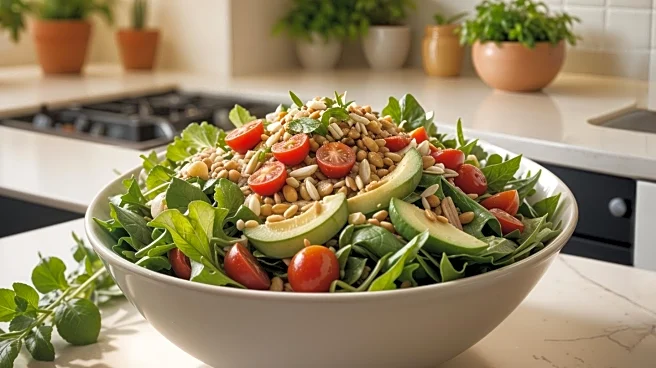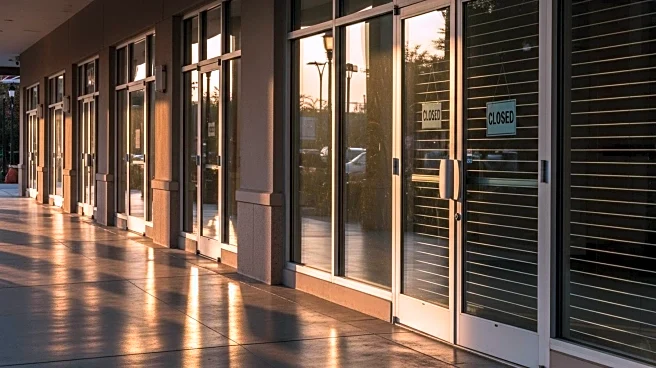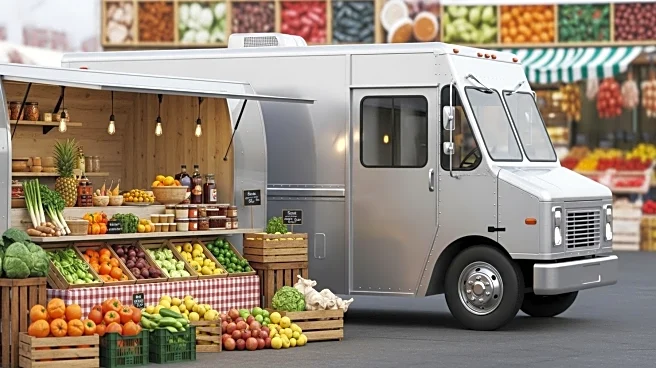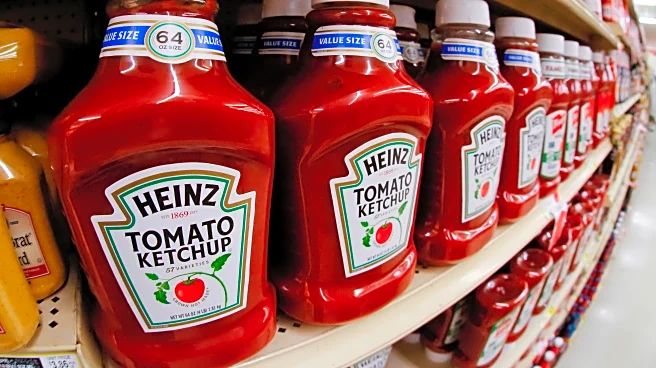What is the story about?
What's Happening?
Meal kits have become more affordable and flexible, addressing two major barriers that previously deterred consumers: high costs and subscription commitments. Despite rising grocery prices, meal kit costs have remained stable, offering competitive value compared to purchasing ingredients at stores. Additionally, Blue Apron has eliminated its subscription requirement, allowing customers to order meals a la carte. This change follows a legal judgment against HelloFresh for misleading subscription practices. The evolution of meal kits reflects increased competition and consumer demand for convenience and dietary customization.
Why It's Important?
The shift in meal kit pricing and subscription models represents a significant change in the food delivery industry, potentially increasing accessibility for a broader range of consumers. As grocery prices continue to rise, meal kits offer a cost-effective alternative, appealing to budget-conscious individuals. The removal of subscription requirements may attract new customers who were previously hesitant due to commitment concerns. This development highlights the industry's responsiveness to consumer needs and legal pressures, paving the way for further innovation and growth in meal delivery services.
What's Next?
Other meal kit companies may follow Blue Apron's lead, reconsidering their subscription models to attract more customers. The industry is likely to see continued competition, driving further improvements in pricing and service offerings. As meal kits become more mainstream, companies may expand their menus to cater to diverse dietary preferences and restrictions. The legal landscape surrounding subscription practices may also evolve, ensuring greater transparency and consumer protection. Overall, the meal kit sector is poised for growth, with potential impacts on grocery shopping habits and home cooking trends.
AI Generated Content
Do you find this article useful?















